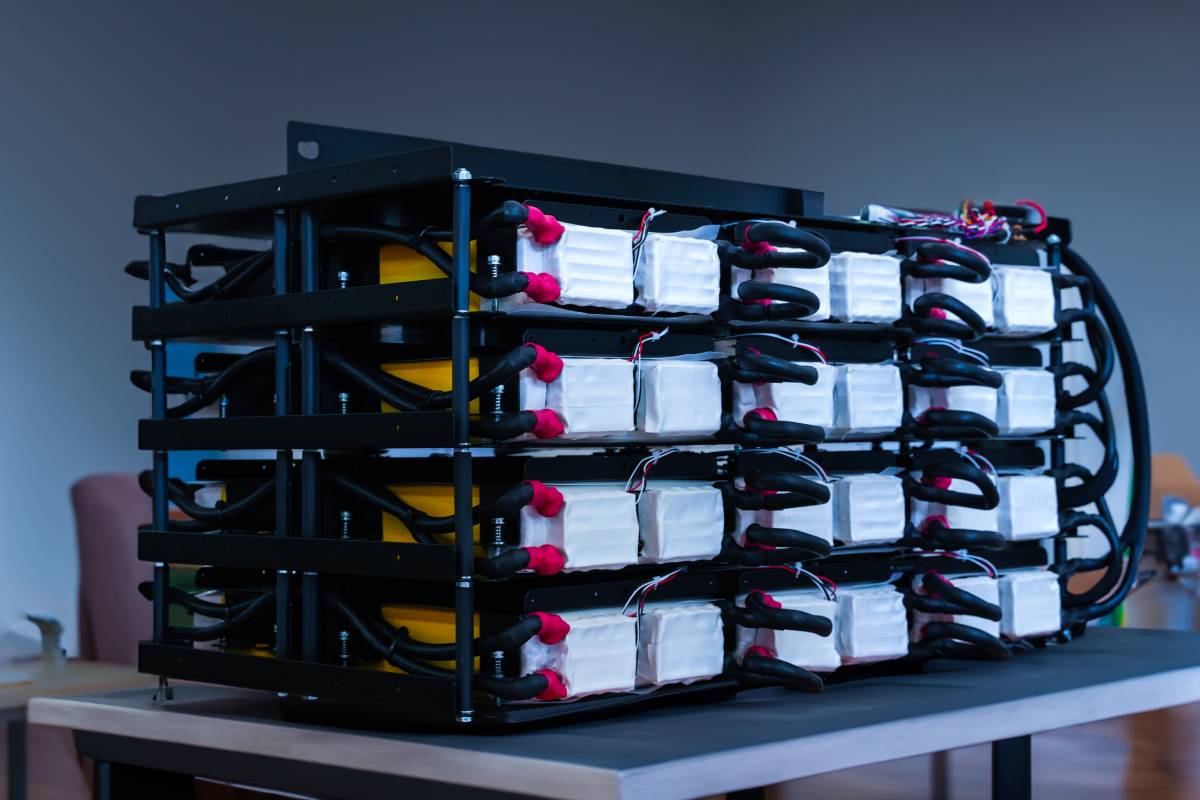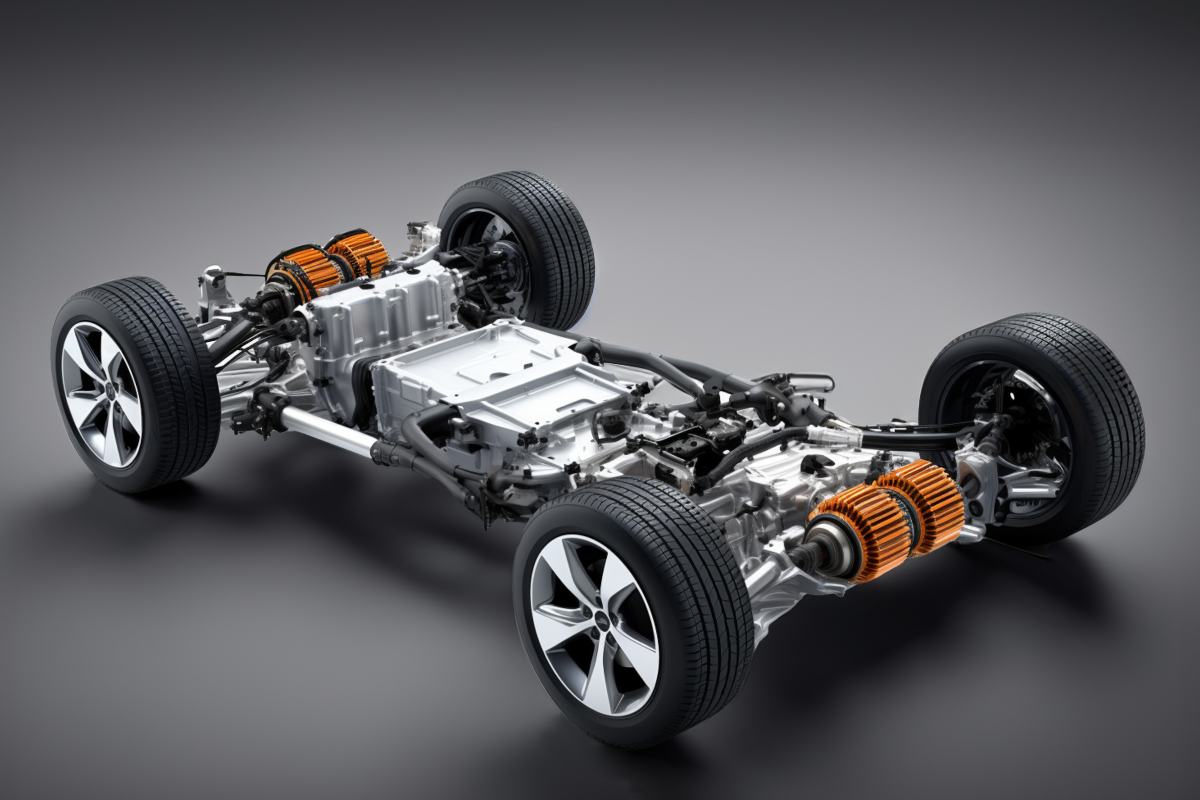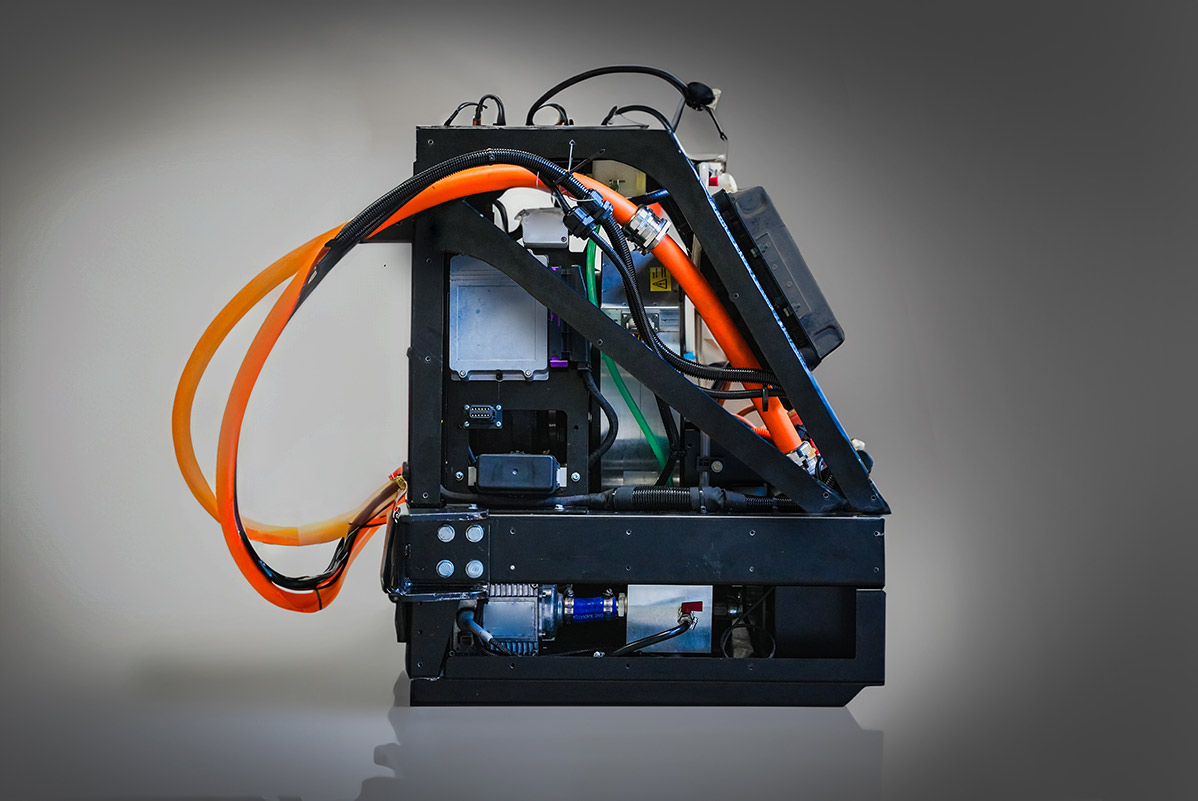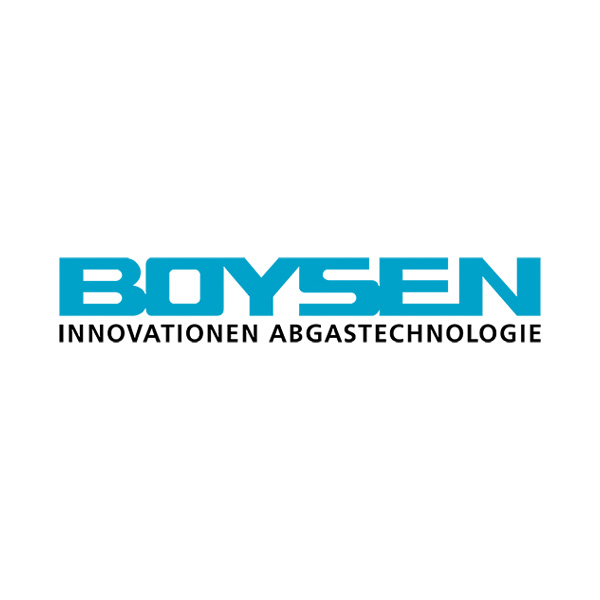Lithium
Power
Energy
Prodotti
La nostra esperienza e competenza senza rivali ci consentono di progettare, sviluppare e produrre rapidamente
sistemi energetici su specifiche dei nostri clienti, adatti ad ogni applicazione:
Il gruppo

P&C System rappresenta un punto di riferimento di portata internazionale nei settori dell’industria automobilistica e tecnologica. Un gruppo consolidato, caratterizzato da una vasta esperienza nella progettazione e produzione di componenti, sottosistemi e sistemi in acciaio e leghe leggere. La sua filosofia produttiva si basa su fattori chiave come Ricerca, Innovazione e Sostenibilità.
Know How

Settori
Ci concentriamo principalmente sul fornire batterie nell’ambito dell’automazione industriale per veicoli a guida autonoma e per i più disparati tipi di mover, trattori aeroportuali, gru, carrelli e piattaforme. Nel settore Automotive, progettiamo e realizziamo prototipi e serie di sistemi e sottosistemi per BEV, FCEV ed HEV. Inoltre, operiamo anche nel settore della nautica da diporto e sportiva, nonché dell’Information & Communication Technology (in particolare, grandi UPS) e in altre aree.


About Us
Siamo una società tecnologica, un sistema di idee, prodotti e servizi che vede nell’energia e nella propulsione il proprio nucleo centrale. Copriamo l’intero ciclo, dall’ideazione alla progettazione, fino alla produzione. Voltmec inventa, sviluppa prototipi, produce e commercializza sistemi di batteria per veicoli e applicazioni stazionarie. Inoltre, realizziamo e integriamo propulsioni elettriche e sviluppiamo sistemi di monitoraggio e ricarica. I nostri punti di forza includono una solida struttura produttiva e un team di tecnici altamente competenti con esperienza comprovata.
Leggi di più
Le nostre competenze spaziano dalla progettazione di propulsioni elettriche per veicoli su strada ai sistemi di accumulo stazionario e alla telemetria remota di veicoli ed energia. La nostra abilità innovativa e il nostro progetto sono il risultato di oltre vent’anni di esperienza nel campo della mobilità elettrica. Abbiamo ideato, progettato, sviluppato e prodotto centinaia di veicoli e prototipi che circolano sulle strade. La nostra gamma di tensioni delle batterie varia da 12-96V per applicazioni industriali di movimentazione fino a 700-1000V per propulsioni ad alte prestazioni, grandi sistemi di alimentazione ininterrotta (UPS) e propulsione marina. Siamo in grado di gestire produzioni con tempi rapidi di sviluppo, consegna e messa in servizio, sempre pronti a soddisfare ogni esigenza in modo tempestivo ed efficace.
Clienti del gruppo P&C System
Contatti
VOLTMEC
Viale Virgilio, 48f, 41123 Modena MO ITALY – P.I. IT03714090366
tel. +39 059 711 0289 – fax +39 0536 962328
Per richiedere assistenza su un progetto scrivi ad assistenza@voltmec.it
Compila il form
Se vuoi proporci un progetto o se vuoi chiedere informazioni su un nostro prodotto compila il form o scrivi ci a info@voltmec.it



































